| |
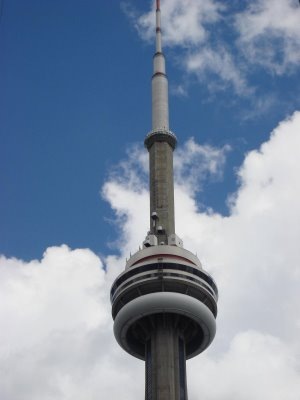 |
CN Tower (Canada National
Tower) was built between 1973 and 1976-symbol of the city is visible from any
part of the city. In 1995, the CN
Tower was declared one of the
modern Seven Wonders of the World by the American Society of Civil
Engineers.
Height 553 meter (1,815
feet) Read more
|
|
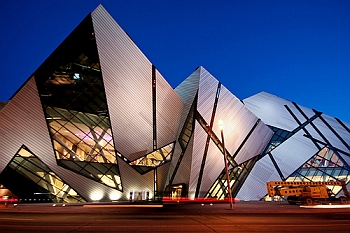
|
Royal Ontario Museum
(ROM)
Royal Ontario Museum (ROM) opened in 1914 and has grown to become
Canada's largest museum of natural history and world cultures,
with more than 40 galleries of art, archaeology and natural science. Read more
|
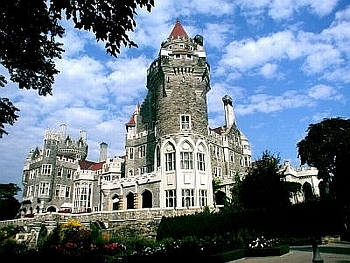 |
Casa Loma
Casa
Loma is a Gothic Revival style house in Toronto, that is now a museum. It was originally a
residence for financier Sir Henry Mill Pellatt. Casa
Loma was constructed 1911–1914. Read
more |
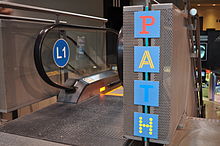 |
PATH is downtown
Toronto's underground walkway linking 28 kilometres of shopping, services and entertainment.
PATH is the largest underground shopping complex in the world with 371,600 m?
(4 million sq. ft.) of retail space. Read
more
|
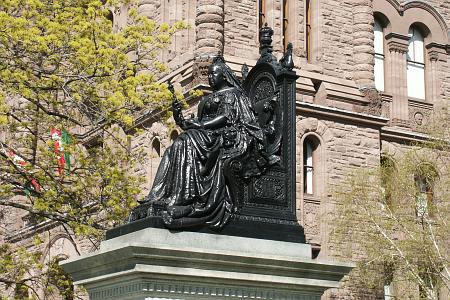 |
Queen's Park
Established in 1860
the park was named in honor of England's Queen Victoria. The dominant building in the park is the
Ontario provincial legislature. Read more |
|

|
Art Gallery of Ontario
The Art
Gallery of Ontario (AGO) is an art museum in Toronto's Downtown Grange Park district.
AGO's collection includes more than 68,000 works spanning the 1st century to the present-day. The
museum also has an impressive collection of European art, the world's largest collection of
Canadian art. |
|

|
Ontario Place
Ontario Place is
entertainment and seasonal waterfront park located in downtown Toronto. Attractions are spread
throughout the park, as well as walking trails and food and drink concessions. Traditionally
targeted at a family audience, with emphasis on children's activities, the park has a
seasonal operating schedule (closed from October through April) |
 |
Black Creek Pioneer Village is a
historic place in Toronto, just west of York University. It overlooks Black Creek, a
tributary of the Humber River. The village is a recreation of life in 19th-century Ontario
and gives an idea how rural Ontario might have looked in the early-to-mid-19th century. The
village is a regular destination for field trips by schoolchildren from the Greater Toronto
Area. It is operated by the Toronto and Region Conservation Authority.
|
|
|
|
